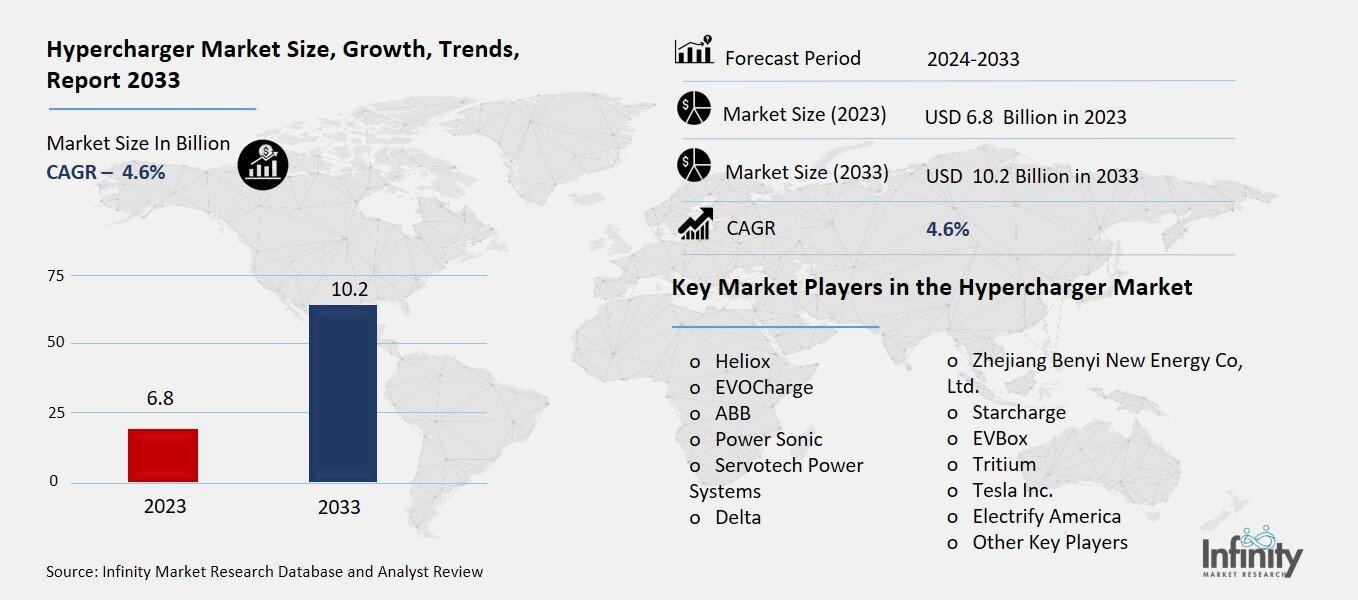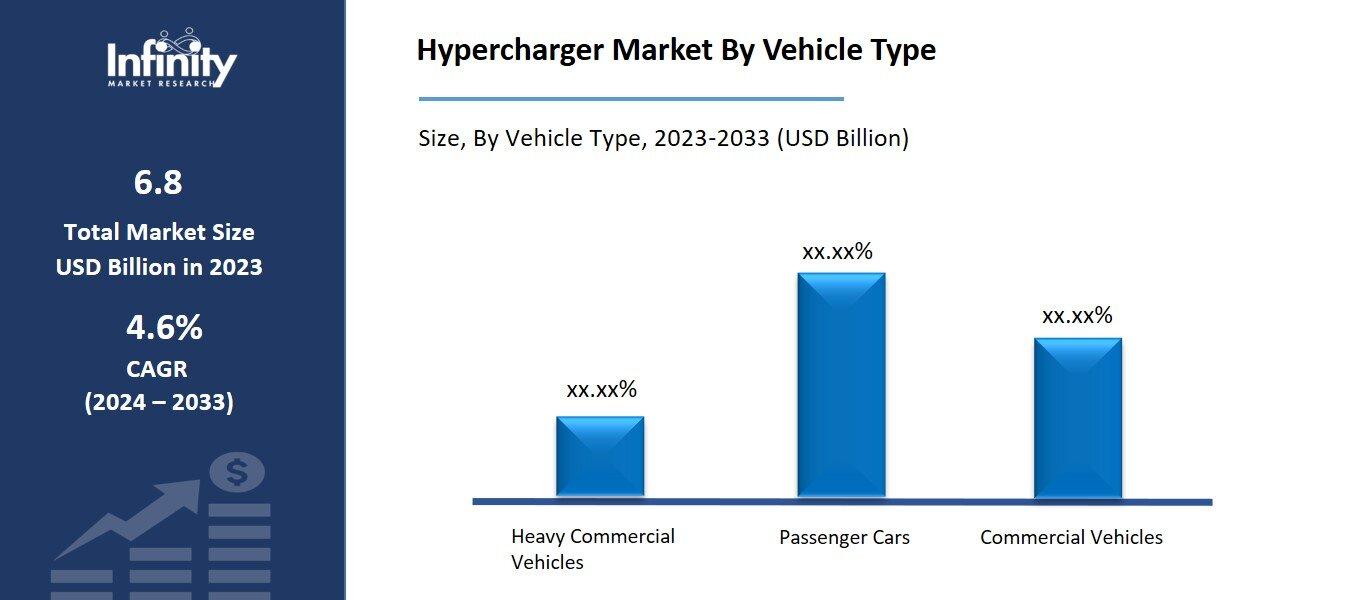
🔐 Secure Payment Guaranteed
Safe checkout with trusted global payment methods.
🌟 Why Choose Infinity Market Research?
At Infinity Market Research, we dont just deliver data — we deliver clarity, confidence, and competitive edge.
In a world driven by insights, we help businesses unlock the infinite potential of informed decisions.
Here why global brands, startups, and decision-makers choose us:
Industry-Centric Expertise
With deep domain knowledge across sectors — from healthcare and technology to manufacturing and consumer goods — our team delivers insights that matter.
Custom Research, Not Cookie-Cutter Reports
Every business is unique, and so are its challenges. Thats why we tailor our research to your specific goals, offering solutions that are actionable, relevant, and reliable.
Data You Can Trust
Our research methodology is rigorous, transparent, and validated at every step. We believe in delivering not just numbers, but numbers that drive real impact.
Client-Centric Approach
Your success is our priority. From first contact to final delivery, our team is responsive, collaborative, and committed to your goals — because you re more than a client; you re a partner.
Recent Reports
Global Myopia Control Lenses Market Report 2025-33
Hyaluronic Acid-based Dermal Fillers Market Report
Hypercharger Market
Global Hypercharger Market (By Vehicle Type, Heavy Commercial Vehicles, Passenger Cars, and Commercial Vehicles; By Port Type, CCS, NACS, MCS, and CHAOJI; By Region and Companies), 2024-2033
Oct 2024
Automobiles
Pages: 138
ID: IMR1276
Hypercharger Market Overview
Global Hypercharger Market acquired the significant revenue of 6.8 Billion in 2023 and expected to be worth around USD 10.2 Billion by 2033 with the CAGR of 4.6% during the forecast period of 2024 to 2033. The hypercharger market is growing very actively, since more and more people are beginning to switch to electric vehicles and due to the increasing demand for environmentally friendly vehicles in various countries. Certain high power chargers including Hyperchargers or Ultra-Fast chargers are a requirement for shortening the charging time of electric vehicles and improving the user enjoyment of electric vehicles making it a necessity for ES market expansion. Some of the primary stakeholders belong to this market of energy production companies, EV manufacturers, and technology development for the fast and efficient charging of the battery.

Drivers for the Hypercharger Market
Increased Electric Vehicle (EV) Adoption
The demand for electric vehicles or commonly known as EV has emerged as the single biggest driver for the hypercharger market across the world. As existing and new clients shift to owning electric cars instead of finishing conventional vehicles that rely on gasoline, the demand for quicker and better means of recharge solutions emerges as an urgent one. Hyperchargers which can bring down the time to recharge dramatically, remain crucial for clients generally when it comes to such factors as convenience say long distance travel or in areas where there is limited EVCS. The growth of various types of passenger cars, including electric cars for personal use, delivery, buses, and other commercial vehicles has led to the need for large capacity charging stations.
Restraints for the Hypercharger Market
Grid Capacity Issues
One of the key challenges facing the hypercharger market is the strain it places on existing power grids, especially in regions with aging or insufficient energy infrastructure. Hyperchargers, which can deliver ultra-fast charging at high power levels, require a significant amount of electricity to operate. In areas where the power grid is already at capacity or not designed to handle such heavy loads, the installation of hyperchargers can cause disruptions or even overloads. This creates a need for extensive grid upgrades, such as the installation of new transformers, substations, and high-capacity power lines, all of which involve considerable financial investment. Moreover, integrating hyperchargers into the grid may require advanced load management systems to balance electricity demand during peak usage times, further increasing costs.
Opportunity in the Hypercharger Market
Integration with Renewable Energy
Integrating renewable energy sources like solar or wind power with hypercharger stations presents a promising solution for creating a more sustainable and cost-effective charging infrastructure. By harnessing clean energy, hypercharger stations can reduce their reliance on traditional grid electricity, cutting down on operational costs and minimizing their carbon footprint. Solar panels installed at charging stations, for example, can generate power during daylight hours, directly feeding into the chargers or storing excess energy in batteries for later use. Wind power can complement this by generating electricity in various weather conditions, contributing to a stable energy supply.
This approach not only supports global efforts to reduce greenhouse gas emissions but also offers long-term financial benefits. Although the initial investment in renewable energy technology may be high, the reduced dependency on grid electricity and the ability to generate power on-site lead to lower energy bills and greater cost savings over time.
Trends for the Hypercharger Market
Battery and Charging Speed Innovations
Advances in battery technology, particularly the development of solid-state batteries, are set to significantly enhance the performance and appeal of hyperchargers. Solid-state batteries, which replace the liquid or gel electrolytes found in traditional lithium-ion batteries with solid materials, offer several key advantages. One of the most important benefits is their ability to charge at much faster rates while maintaining higher energy densities. This means that EVs equipped with solid-state batteries could potentially charge in a fraction of the time currently required, drastically reducing the reliance on long charging sessions and making hyperchargers even more valuable for everyday use.
Segments Covered in the Report
By Vehicle Type
o Heavy Commercial Vehicles
o Passenger Cars
o Commercial Vehicles
By Port Type
o CCS
o NACS
o MCS
o CHAOJI
Segment Analysis
By Vehicle Type Analysis
On the basis of vehicle type, the market is divided into heavy commercial vehicles, passenger cars, and commercial vehicles. Among these, heavy commercial vehicles segment acquired the significant share around 42.1% in the market owing to the growing electrification of buses, trucks, and large fleets used in industries such as logistics, transportation, and public transit. Heavy commercial vehicles typically require larger battery capacities, leading to higher energy demands and longer charging times. Hyperchargers, with their ability to deliver ultra-fast charging, are crucial for reducing downtime in these vehicles, ensuring efficient operations and minimizing disruptions in supply chains and transit schedules.

By Port Type Analysis
On the basis of port type, the market is divided into CCS, NACS, MCS, and CHAOJI. Among these, CCS segment held the prominent share of the market due to its widespread adoption and versatility. CCS is a globally recognized standard that supports both AC (alternating current) and DC (direct current) fast charging, making it compatible with a wide range of electric vehicles (EVs), including both passenger cars and commercial vehicles. Its flexibility and ability to deliver high charging speeds make it an attractive option for manufacturers and charging network providers, further contributing to its dominant market position.
Additionally, CCS has gained strong support from major automakers, particularly in Europe and North America, where it is the preferred standard for EV models. This broad compatibility with many vehicles on the road has driven its adoption at public charging stations and hypercharger networks, ensuring convenience and accessibility for EV users.
Regional Analysis
Europe Dominated the Market with the Highest Revenue Share
Europe held the most of the share of 34.1% the market. Europe dominated the hypercharger market with the highest revenue share, driven by several key factors. The region's strong commitment to reducing carbon emissions and transitioning to electric mobility has resulted in significant investments in EV infrastructure, including the development of extensive hypercharger networks. Many European countries, such as Germany, the Netherlands, and Norway, have implemented aggressive policies and incentives to encourage the adoption of electric vehicles, which has spurred demand for fast and efficient charging solutions like hyperchargers.
Additionally, Europe is home to numerous leading automotive manufacturers and charging infrastructure companies that are pushing the development and deployment of hypercharger technologies. The European Union’s stringent environmental regulations, which aim to phase out internal combustion engine vehicles in the coming decades, have further accelerated the shift towards EVs, boosting the need for hypercharging solutions.
Competitive Analysis
The competitive analysis of the hypercharger market reveals a dynamic landscape characterized by a mix of established players and emerging innovators. Key players include major automotive manufacturers, energy companies, and specialized charging technology firms that are investing heavily in research and development to enhance charging speed, efficiency, and user experience. Companies such as ChargePoint, ABB, and Siemens are leading the charge, offering a range of hypercharging solutions that cater to both consumer and commercial segments. The market is also witnessing increased collaboration among stakeholders, including automakers partnering with charging network providers to expand infrastructure and create interoperability between different charging standards.
Recent Developments
In December 2023, Audi introduced India’s first ultra-fast charging station at the Bandra Kurla Complex (BKC) in Mumbai, in collaboration with ChargeZone. This state-of-the-art charger boasts a total capacity of 450 kW, delivering 360 kW of power to electric vehicles (EVs) and features a 500-amp liquid-cooled charging gun to ensure optimal performance and efficiency.
In June 2023, Blink Charging Co., a leading global manufacturer, owner, operator, and provider of electric vehicle (EV) charging equipment and services, launched its 240 kW DC Fast Charger. This advanced charging solution, known as the Blink 240 kW DCFC, incorporates cutting-edge silicon carbide technology and was previewed at CES 2023.
Key Market Players in the Hypercharger Market
o Heliox
o EVOCharge
o ABB
o Power Sonic
o Servotech Power Systems
o Delta
o Zhejiang Benyi New Energy Co, Ltd.
o Starcharge
o EVBox
o Tritium
o Tesla Inc.
o Electrify America
o Other Key Players
|
Report Features |
Description |
|
Market Size 2023 |
USD 6.8 Billion |
|
Market Size 2033 |
USD 10.2 Billion |
|
Compound Annual Growth Rate (CAGR) |
4.6% (2023-2033) |
|
Base Year |
2023 |
|
Market Forecast Period |
2024-2033 |
|
Historical Data |
2019-2022 |
|
Market Forecast Units |
Value (USD Billion) |
|
Report Coverage |
Revenue Forecast, Market Competitive Landscape, Growth Factors, and Trends |
|
Segments Covered |
By Vehicle Type, Port Type, and Region |
|
Geographies Covered |
North America, Europe, Asia Pacific, and the Rest of the World |
|
Countries Covered |
The U.S., Canada, Germany, France, U.K, Italy, Spain, China, Japan, India, Australia, South Korea, and Brazil |
|
Key Companies Profiled |
Heliox, EVOCharge, ABB, Power Sonic, Servotech Power Systems, Delta, Zhejiang Benyi New Energy Co, Ltd., Starcharge, EVBox, Tritium, Tesla Inc., Electrify America, and Other Key Players. |
|
Key Market Opportunities |
Integration with Renewable Energy |
|
Key Market Dynamics |
Increased Electric Vehicle (EV) Adoption |
📘 Frequently Asked Questions
1. Who are the key players in the Hypercharger Market?
Answer: Heliox, EVOCharge, ABB, Power Sonic, Servotech Power Systems, Delta, Zhejiang Benyi New Energy Co, Ltd., Starcharge, EVBox, Tritium, Tesla Inc., Electrify America, and Other Key Players
2. How much is the Hypercharger Market in 2023?
Answer: The Hypercharger Market size was valued at USD 6.8 Billion in 2023.
3. What would be the forecast period in the Hypercharger Market?
Answer: The forecast period in the Hypercharger Market report is 2024-2033.
4. What is the growth rate of the Hypercharger Market
Answer: Hypercharger Market is growing at a CAGR of 4.6% during the forecast period, from 2023 to 2033.


🔐 Secure Payment Guaranteed
Safe checkout with trusted global payment methods.
🌟 Why Choose Infinity Market Research?
- Accurate & Verified Data:Our insights are trusted by global brands and Fortune 500 companies.
- Complete Transparency:No hidden fees, locked content, or misleading claims — ever.
- 24/7 Analyst Support:Our expert team is always available to help you make smarter decisions.
- Instant Savings:Enjoy a flat $1000 OFF on every report.
- Fast & Reliable Delivery:Get your report delivered within 5 working days, guaranteed.
- Tailored Insights:Customized research that fits your industry and specific goals.




